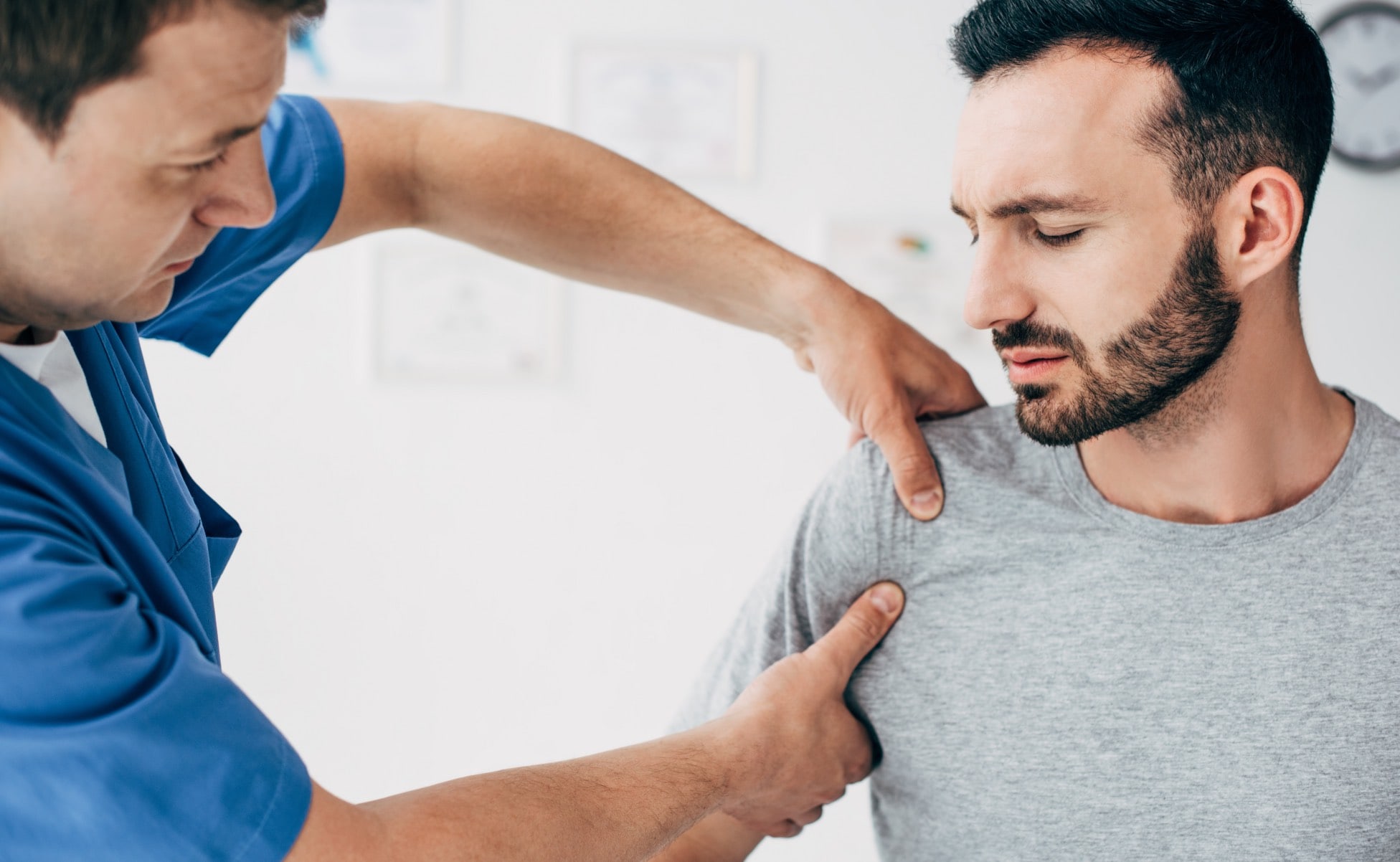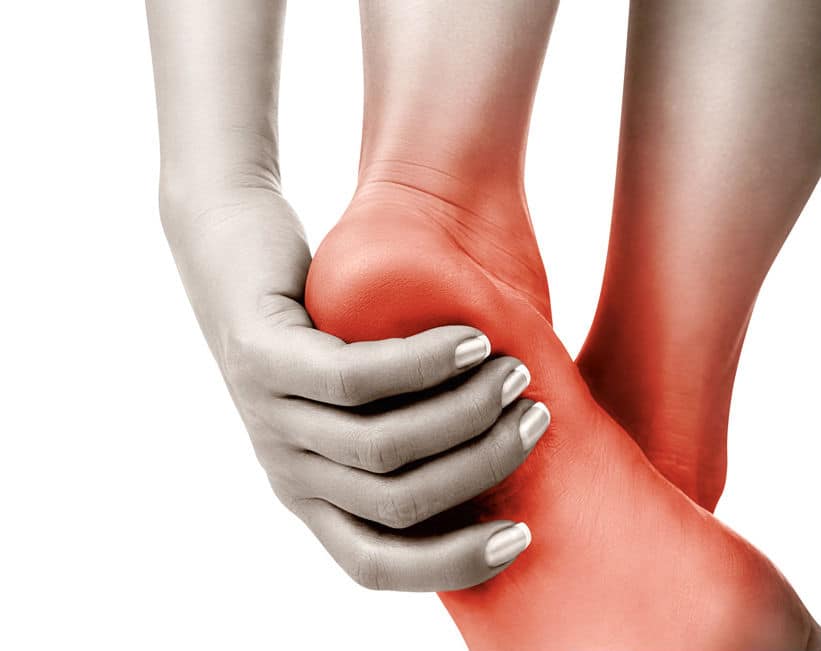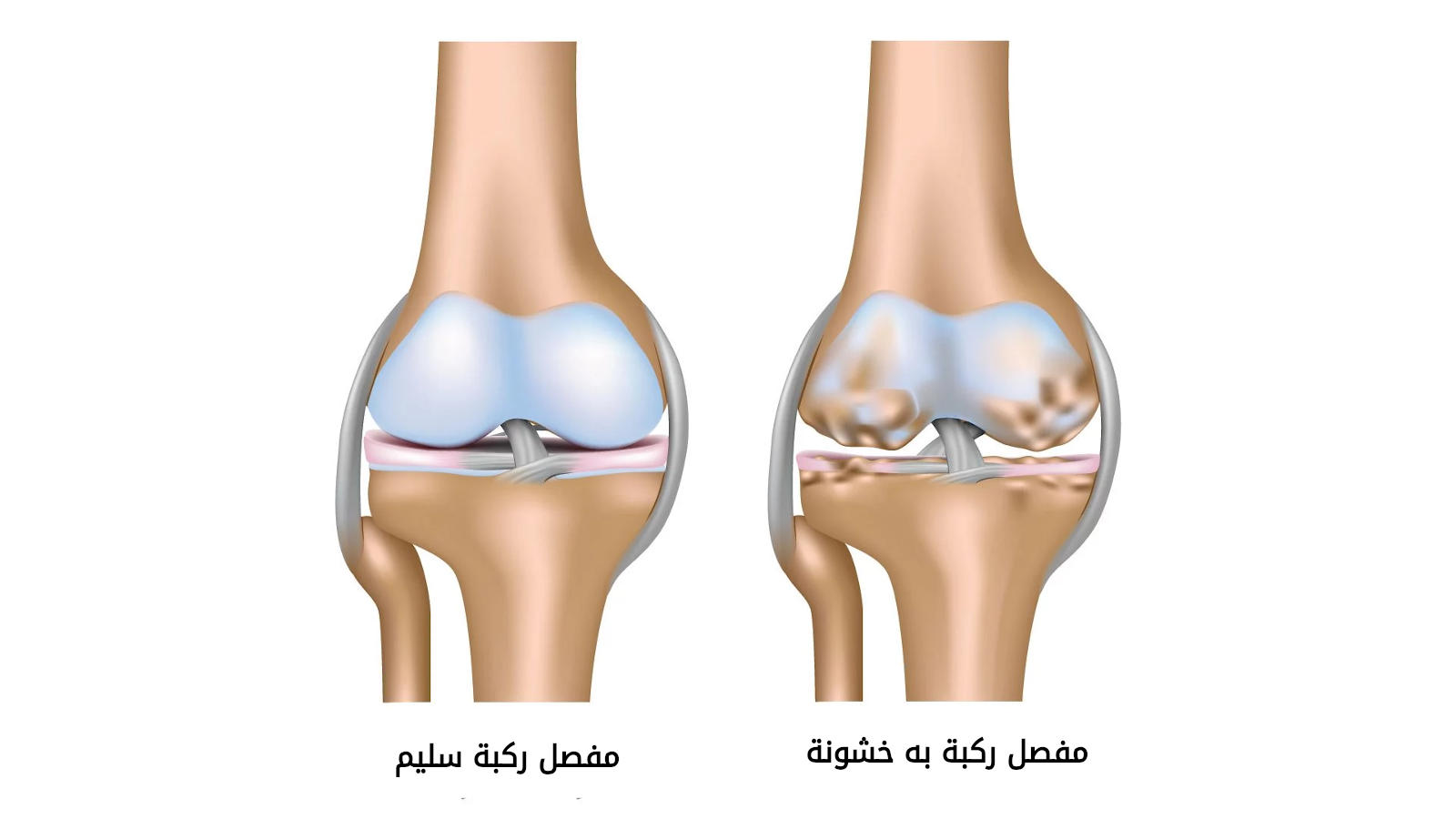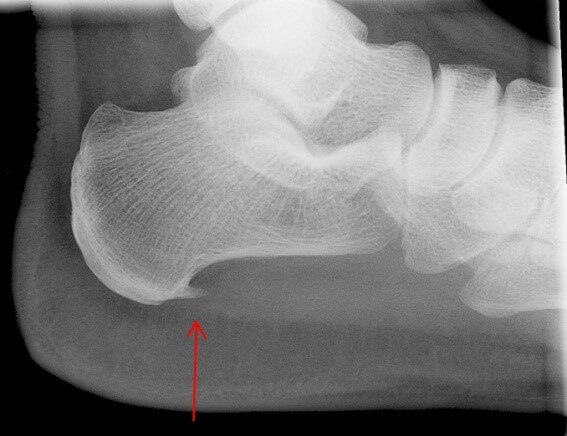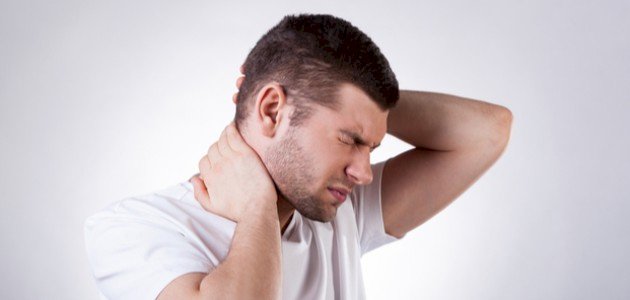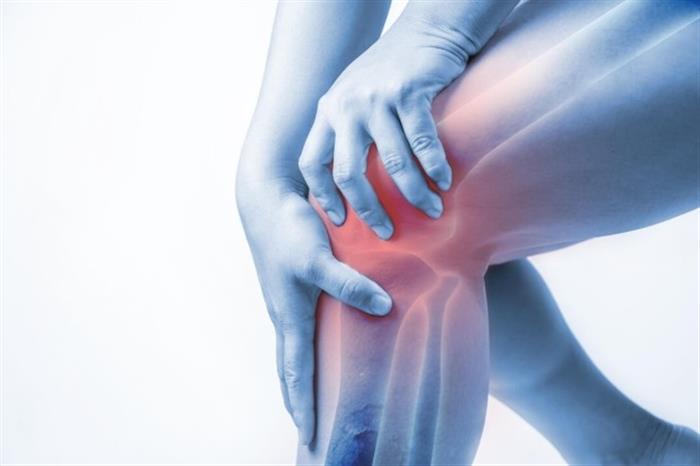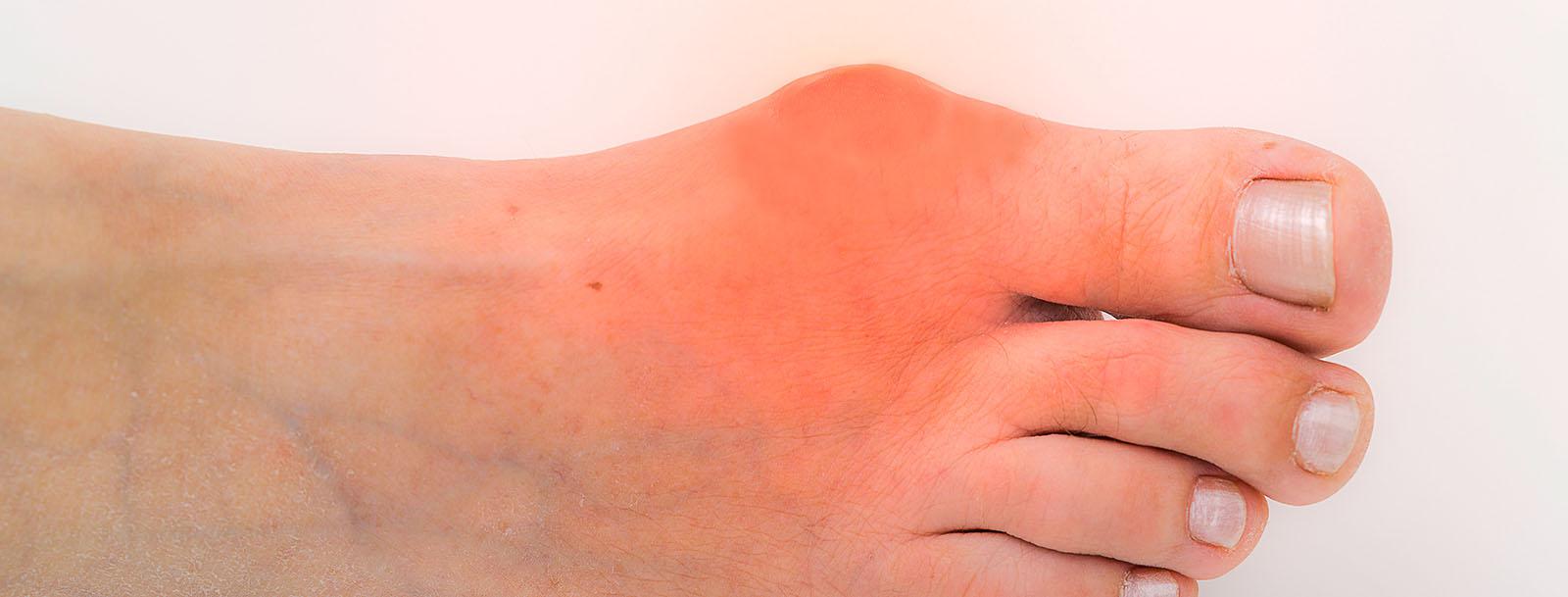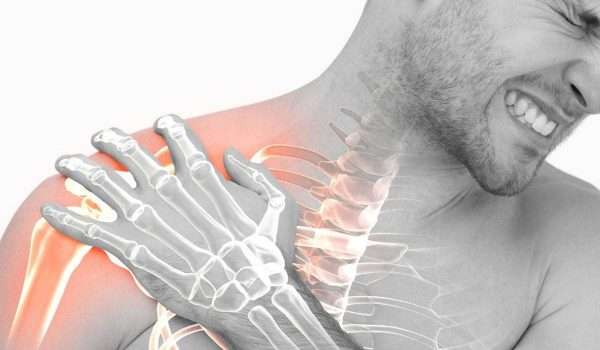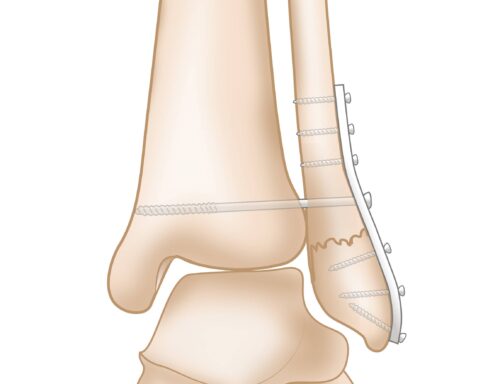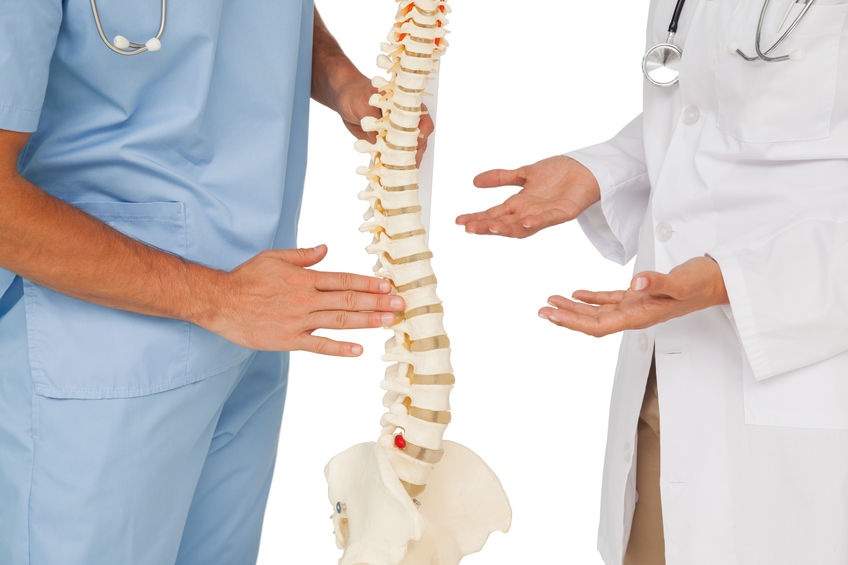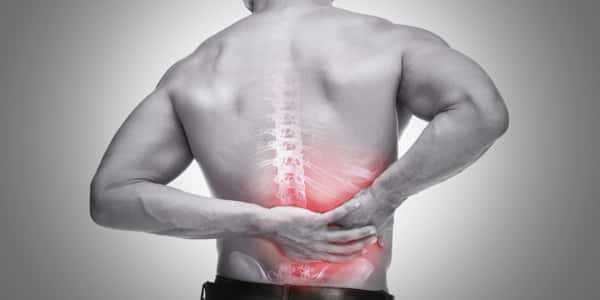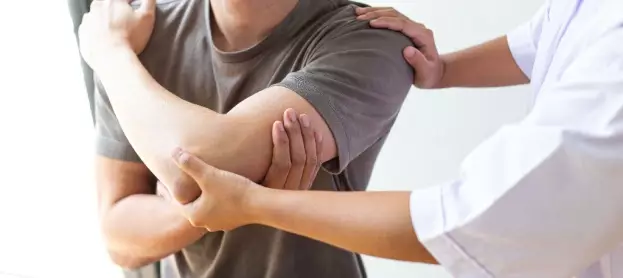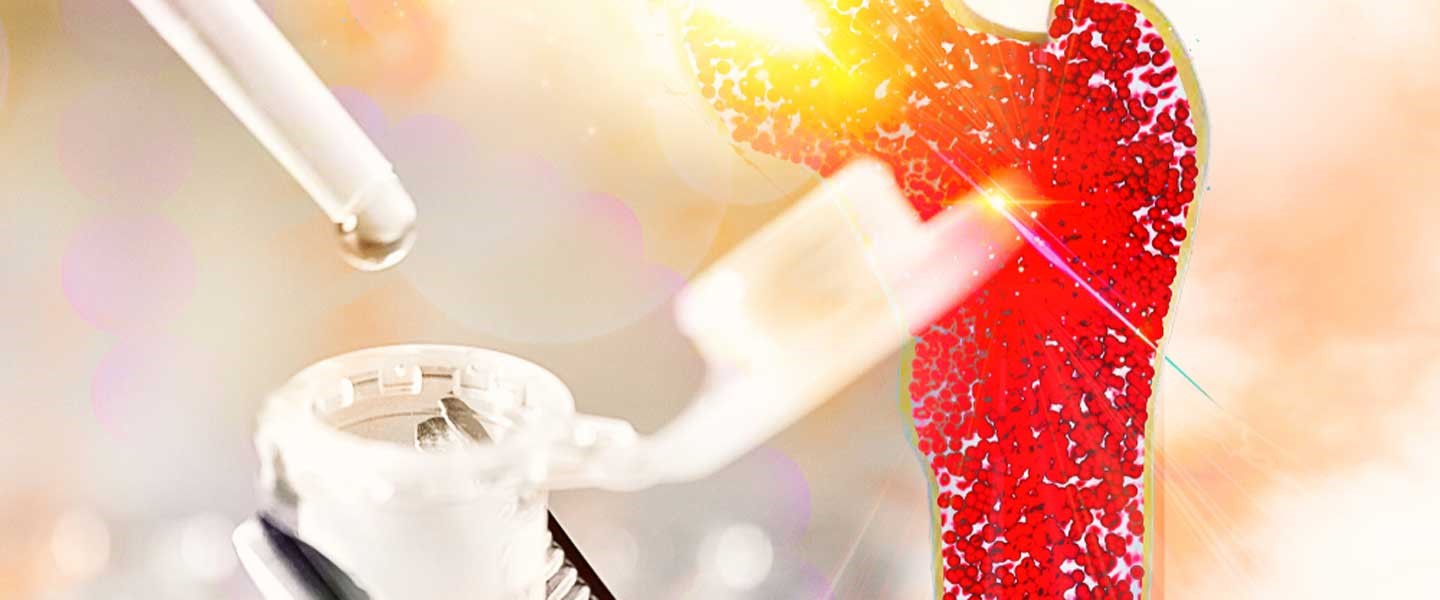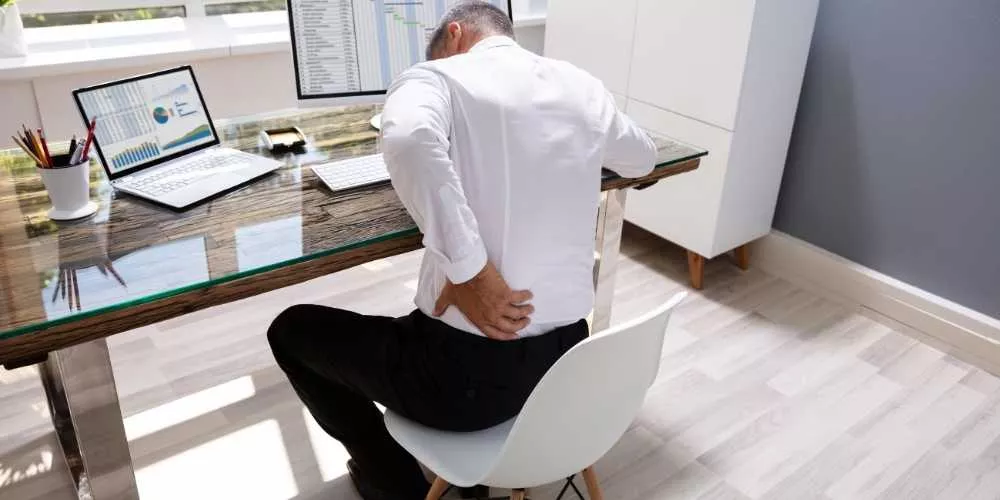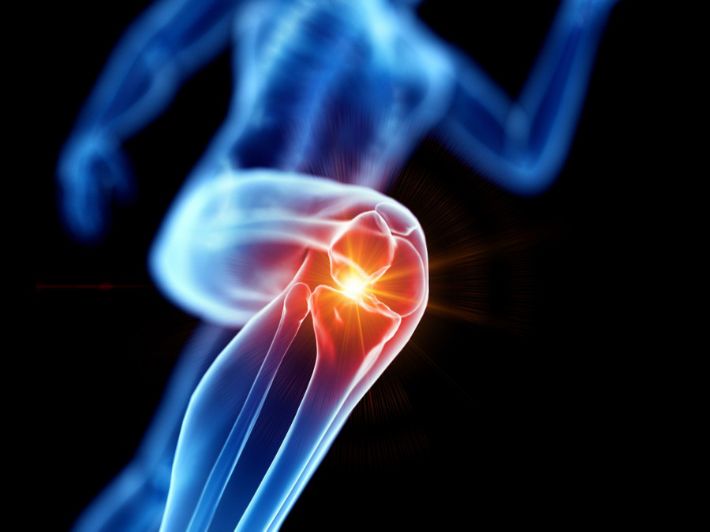Back Pain: Causes, Types, and Home Treatments
Back Pain
When a person experiences back pain, researching potential causes and treatment methods becomes essential. Here is a list of key points to consider when writing an in-depth article about back pain:
Defining Back Pain:
- Define back pain and explain the possible reasons for its occurrence.
- Explore different classifications of back pain and provide detailed explanations of each.
Causes of Back Pain:
- Explain the leading causes of back pain and identify risk factors.
- Highlight the significance of mechanical factors such as muscle strain and nerve compression.
- Clarify that there are other possible causes of back pain, such as infections and tumors.
Diagnosis and Evaluation:
- Describe various methods used to diagnose and evaluate back pain.
- Mention the importance of clinical trials in determining the source of pain.
- Emphasize the significance of diagnostic tests like X-rays and magnetic resonance imaging (MRI).
Treatment for Back Pain:
- Shed light on the essential treatment options available for back pain.
- Explain both conventional and alternative treatments, such as pharmaceutical therapy and physical therapy.
- Clarify the importance of conservative treatment and preventive measures for back pain.
- Highlight the importance of suitable exercises to strengthen back muscles and alleviate pain.
Demonstrating Some Exercises:
- Provide models and illustrative images of some exercises that help strengthen back muscles.
- Explain how to perform these exercises correctly for maximum benefit.
Preventing Back Pain:
Raising Awareness: Informing readers about the importance of adopting a healthy lifestyle and maintaining proper sitting and standing posture.
Providing Tips: Offering tips for preventing back pain, such as using supportive cushions and maintaining a healthy weight.
Emphasizing Exercise: Explaining the importance of engaging in appropriate physical exercises to strengthen back muscles.
Self-Care Measures for Alleviating Back Pain:
Offering Advice: Providing advice on how to alleviate back pain without the need for medical consultation.
Highlighting Proper Posture: Emphasizing the importance of maintaining proper sitting and standing postures and avoiding uncomfortable positions.
Latest Developments in Back Pain Treatment:
Reviewing Research: Summarizing the latest research and studies related to back pain treatment.
Explaining Innovations: Clarifying the importance of new products or technologies used to alleviate back pain.
Additional Tips:
Providing Extra Tips: Offering additional tips for maintaining back health and reducing the risk of back pain.
Emphasizing Lifestyle: Raising awareness about the significance of adopting a healthy lifestyle and caring for both mental and physical well-being.
By using these points in writing a lengthy article about back pain, you will be able to provide comprehensive and useful content for readers. It’s important to ensure the accuracy of the information presented and rely on reliable sources to document the information.
When Is Back Pain Serious?
Dealing with back pain is a common issue that many people face in their daily lives. Sometimes, the pain may result from simple causes like muscle tension or improper posture, but in some cases, it may be an indicator of a more serious health problem that requires immediate medical attention.
In this article, we will explore the signs that suggest back pain may be serious and in need of urgent medical care.
- Severe and Unbearable Pain: If you experience severe and unbearable pain in your back, it could be a sign of a health problem that requires immediate medical care. This is especially true if back pain occurs suddenly, as it may result from muscle or ligament tears, leading to difficulty in movement.
- Pain Radiating to Other Areas: If you notice that the pain is not limited to your back but also radiates to surrounding areas such as your legs, it indicates pressure on the nerves. Such pressure can be accompanied by sudden weakness in the legs, signifying nerve damage and suggesting health issues like a herniated disc or spinal stenosis.
- Sudden Weakness in the Limbs: If you experience sudden weakness in your legs, along with back pain, it is a serious sign that may indicate a condition known as cauda equina syndrome. This condition results from damage to the spinal cord and is a serious health issue that requires immediate attention.
- Urinary or Bowel Incontinence: If you struggle with controlling your bowels or bladder while experiencing back pain, it suggests nerve compression or inflammation in the spinal column. Urinary or bowel incontinence is another serious warning sign.
- Numbness or Tingling: If you feel numbness, tingling, or pins and needles sensation in your back, it may indicate a nerve or spinal cord problem. If this tingling persists and is accompanied by leg weakness, urinary problems, or other concerning symptoms, it could be a serious issue.
- Back and Abdominal Pain Together: Experiencing simultaneous back and abdominal pain may indicate a gastrointestinal problem affecting the back region, such as urinary tract infections, kidney stones, or gallstones. If you have digestive symptoms like abdominal pain, constipation, or fever along with back pain, these conditions could contribute to lower back pain.
- Falls or Trauma to the Back: Falls or any significant trauma to the back should warrant immediate medical attention. If the shock is mild, symptoms may gradually subside, but if they persist or worsen over time, seeking medical care is crucial.
When back pain becomes serious, it’s important to carefully monitor the situation and not ignore it to avoid potential complications and risks. While the issue may be minor and easily manageable in the early stages, neglecting it could lead to worsening conditions over time. Therefore, staying informed about warning signs and seeking consultation when in doubt is essential.
In the end, it should be known that back pain can be an indicator of a serious health problem. If you experience any of the symptoms mentioned above, you should seek medical assistance immediately to diagnose the issue and receive appropriate treatment.
What Are the Types of Back Pain?
Back pain is a common problem that affects many people at different stages of their lives. The causes and types of back pain vary, and it can be challenging to pinpoint a specific reason for back pain. In this article, we will highlight some common types of back pain.
- Muscular Back Pain: This type of back pain results from small tears in the back muscles or spinal ligaments. These tears can occur due to sudden lifting or moving of heavy objects. Muscular back pain may be accompanied by swelling and inflammation in the affected area.
- Arthritis-Related Back Pain: Arthritis in the spine can lead to back pain. This type of pain is characterized by severity, redness, and swelling in the affected area. Arthritis-related back pain may result from factors such as aging or sports injuries.
- Disc Herniation-Induced Back Pain: Disc herniation occurs when a small piece of soft material within the spinal disc between vertebrae shifts out of its proper place. Disc herniation can cause pressure on nerves and blood vessels in the surrounding area, leading to back pain and other symptoms.
- Spinal Stenosis-Related Back Pain: Spinal stenosis occurs when the spinal cord is compressed within the spinal column due to narrowing of the space around it. This can result in sharp back pain and may affect the movement of the legs and limbs.
These are some common types of back pain, and each may have its own underlying causes and characteristics. Understanding the type of back pain you are experiencing is important for determining the appropriate treatment and management. If you are unsure about the cause of your back pain, consulting a healthcare professional is advisable.
Back Pain Caused by Vertebral Fractures: Vertebral fractures can lead to severe back pain, especially when bones become porous and brittle due to aging or certain medical conditions. Treating vertebral fractures may require an extended period of rest and appropriate medical interventions.
These are just some common types of back pain, and individuals experiencing persistent back symptoms should consult a physician to determine the cause and treatment of their pain. Simple home remedies and self-care can help alleviate back pain in many cases.
How to Get Rid of Lower Back Pain?
Lower back pain is a common issue that many people experience at various stages of their lives. This pain can be debilitating and affect daily movement and activities. Regardless of the cause, relieving lower back pain is an important goal for many individuals. In this article, we will outline some methods that can help in alleviating lower back pain.
- Exercise: Engaging in physical exercises is an essential way to strengthen your lower back muscles and improve their flexibility. These exercises may include walking, swimming, and stretching exercises. It’s advisable to consult with your doctor or a fitness trainer before starting any exercise regimen.
- Massage Therapy: Massage can help alleviate tension and tightness in your lower back muscles, thereby providing relief from pain. You can use natural oils or soothing creams to enhance the effectiveness of the massage.
- Hot and Cold Compresses: Using hot or cold compresses is an effective home remedy for reducing lower back pain. Cold compresses can help reduce swelling and inflammation in the lower back, while hot compresses can relieve tension and tight muscles.
- Proper Sitting Posture: Maintaining proper sitting posture is crucial to prevent muscle and ligament strain in the lower back. Ensure you have adequate support for your lower back and avoid leaning forward or backward while sitting.
- Maintain a Healthy Weight: Excess weight can add extra strain to the spine and increase lower back pain. It’s recommended to maintain a healthy and balanced weight through appropriate exercise and a healthy diet.
- Strengthen Core Muscles: Core muscles, such as abdominal and oblique muscles, play a crucial role in supporting the spine and strengthening your lower back. Regular exercises targeting these muscles are advised.
These methods can be effective in managing and reducing lower back pain. However, if your pain persists or worsens, it is important to consult a healthcare professional for a proper diagnosis and treatment plan.
Avoiding Emotional Stress: Emotional stress and psychological pressures can exacerbate back pain. It’s important to regularly manage emotional stress through techniques like deep breathing, relaxation, and meditation.
Consulting a Doctor: If back pain persists for a long period or becomes severe, it’s advisable to consult a doctor. A doctor can diagnose the cause of the pain and guide you toward appropriate treatment, whether it involves medication, surgery, or physical therapy.
Remember not to ignore or postpone treatment for chronic back pain, as it can worsen and negatively impact your quality of life. Each case is unique, and what works for one person may not work for another, so it’s essential to consider your doctor’s recommendations and follow their advice.
In summary, a combination of measures and lifestyle changes can help alleviate back pain. It’s important to engage in appropriate physical exercises, apply massage techniques, use hot or cold compresses, maintain proper sitting posture, maintain a healthy weight, strengthen core muscles, avoid emotional stress, and consult a doctor when necessary.
What Causes Lower Back Pain and How Is It Treated?
Many people suffer from lower back pain, which can be bothersome and have a negative impact on their lives. Many wonder about the causes of this pain and the appropriate treatment. In this article, we will explore some common causes of lower back pain and possible treatments for this condition.
Muscle and Ligament Strain: One common cause of lower back pain is continuous strain on the muscles and ligaments in this area. This strain can result from frequently lifting heavy weights or engaging in unnatural movements that affect the lower back. It can occur suddenly during sports or heavy lifting, or gradually through repeated incorrect movements.
When the muscle in the lower back experiences strain, it can lead to minor tears or tension in the muscle, causing pain. This pain can be sharp and noticeably worsen with specific movements, such as bending or sitting for extended periods. This pain can gradually subside when walking or resting.
Treating muscle pain in the lower back typically involves some self-care measures. Cold compresses can reduce swelling and alleviate muscle tension. Additionally, muscle pain creams, pain relief pills, and gentle muscle massage can be used to relieve tension and pain.
Disc Herniation: Another cause of lower back pain is disc herniation, a condition that occurs when the soft disc between the vertebrae moves out of place and protrudes beyond the surrounding bones. The herniated disc can compress the surrounding nerves, causing sharp pain in the lower back.
Typically, the pain from a herniated disc is burning and severe, extending from the back to the leg. This pain may worsen when sitting for extended periods and gradually improve when walking. Treatment for disc herniation often involves reducing inflammation and pain with anti-inflammatory medications and muscle relaxants, as well as undergoing a diagnostic evaluation to determine proper movements and physical therapy exercise programs.
Arthritis: Arthritis in the spinal column may also be another cause of lower back pain. Arthritis can occur when the bones in the spinal column become brittle and not strong enough. This type of arthritis can lead to a narrowing of the space surrounding the spinal cord, which may be a source of lower back pain.
Treatment for arthritis in the spinal column typically includes pain-relief and anti-inflammatory medications. Lifestyle changes and regular exercise may also be recommended to strengthen the back muscles and reduce the impact of arthritis.
Bone Fractures: In rare cases, lower back pain may result from fractures in the bones in this area. The bones may become porous and brittle, increasing the risk of fractures under stress.
The treatment for bone fractures depends on the patient’s condition and the severity of the injury. Treatment may involve wearing braces to stabilize the bones, strengthening bones through physical therapy, and taking dietary supplements that promote bone health.
In conclusion, the cause of lower back pain can vary from person to person, and therefore, the appropriate treatment may also differ. It is always recommended to consult a doctor for an evaluation of your condition, a diagnosis of the cause of pain, and the prescription of appropriate treatments. Early medical consultation can be beneficial in relieving pain and improving the quality of life.
Can Vitamin D Deficiency Cause Back Pain?
Taking care of bone and muscle health is essential for overall well-being. Among the essential nutrients that affect bone and muscle health is vitamin D. So, what is vitamin D, and can a deficiency of this vitamin cause back pain? Let’s explore that in this article.
What Is Vitamin D? Vitamin D is a fat-soluble vitamin that plays a crucial role in several body functions. The body produces vitamin D when exposed to ultraviolet B (UVB) rays from the sun. Small amounts of vitamin D can also be obtained from certain foods such as fatty fish, fish oil, and chicken eggs. The primary role of vitamin D is to enhance the absorption of calcium and phosphorus in the body, both of which play a vital role in bone health.
The Relationship Between Vitamin D Deficiency and Chronic Back Pain There is some research suggesting a possible link between vitamin D deficiency and chronic back pain. A study conducted in 2015 found that 98 individuals with chronic back pain had a vitamin D deficiency. Another study in 2018 linked vitamin D deficiency to increased pain severity in people with chronic back pain.
How Does Vitamin D Deficiency Affect the Back? Vitamin D deficiency may lead to a reduced ability of the body to absorb calcium, affecting bone health and making them more susceptible to degeneration and weakness. Vitamin D deficiency can also weaken and cause muscle spasms. This, in turn, can lead to increased muscle tension in the back, resulting in pain.
Treating Vitamin D Deficiency and Chronic Back Pain If there is suspicion of a vitamin D deficiency, it is advisable to undergo a blood test to measure vitamin D levels in the body. In case a vitamin D deficiency is confirmed, it can be corrected by taking vitamin D supplements recommended by a healthcare provider. Additionally, following a healthy diet that includes natural sources rich in vitamin D, such as fatty fish, eggs, and vitamin D-fortified foods, is also recommended.
Precautions and Seeking Medical Advice
It is essential to consult a doctor before taking any vitamin D supplements or making any dietary modifications, especially for individuals with chronic diseases or those taking other medications. It is important to be aware that back pain can have multiple causes, so consulting a doctor to accurately diagnose the condition and determine the cause of the pain is crucial.
In conclusion, vitamin D offers many benefits for bone and muscle health and a deficiency of it can contribute to chronic back pain. However, before considering taking vitamin D supplements, it is advisable to consult a doctor and undergo the necessary tests for a proper diagnosis and determination of the appropriate treatment.
How to Treat Back Pain at Home
Back pain is a common issue that many people face in their daily lives. People may experience back pain due to factors such as muscle tension, prolonged sitting, stress, and even chronic conditions like arthritis. Back pain can be uncomfortable and restrict one’s ability to move and perform daily activities. To address this problem, you can try some home remedies for treating back pain.
- Ice and Heat Packs: Ice and heat packs can be effective home remedies for treating back pain. Ice packs help reduce pain and inflammation. It is recommended to apply ice packs to the painful area for about 15 to 20 minutes when experiencing pain. Afterward, you can use heat packs to relax the muscles and promote blood flow to the area.
- Gentle Exercises: Engaging in light and simple exercises is one of the best ways to treat back pain at home. Exercises help strengthen and stretch the back muscles, reducing back pain and improving flexibility. Simple exercises like leg raises or gentle body twists are recommended. Repeat these exercises several times a day.
- Relaxation and Improved Sleep: Psychological stress and lack of adequate sleep can contribute to chronic back pain. Therefore, it is advised to practice stress-relief techniques like meditation and deep breathing. Additionally, ensure you get good quality sleep by creating a quiet and dark sleep environment and using comfortable pillows.
- Apply Pain Relief and Anti-Inflammatory Creams: A variety of pain relief creams are available that can be used to treat back pain. These creams may contain natural ingredients like thyme, ginger, and lavender oil, which help alleviate and soothe pain. Before using any cream, it is advisable to consult a doctor or pharmacist.
- Adjusting Posture and Using Supportive Pillows: Adjusting your body posture and using supportive pillows can help reduce back pain. Doctors may recommend using a pillow for sleep that provides proper spine support and helps improve body posture during sleep. You can also use a small pillow to support the lower back when sitting for extended periods.
- Avoiding Heavy Lifting and Using Proper Lifting Techniques: It is advisable to avoid lifting heavy objects incorrectly, as this can lead to muscle and ligament injuries in the back area. Before lifting a heavy object, it’s best to ensure you use the correct lifting technique. You should have stability in your feet, reduce strain on your back by bending your knees, and keep your back straight.
- Healthy Nutrition and Hydration: Proper nutrition and adequate water intake may contribute to treating back pain. You should follow a healthy diet that includes fruits, vegetables, proteins, and fiber. It is also advisable to avoid consuming processed, salty, and fatty foods, as they can increase swelling and inflammation.
There are many options at home to treat back pain, including using ice and heat packs, performing simple exercises, applying soothing creams, maintaining proper posture, avoiding improper heavy lifting, and consuming a healthy diet with good hydration. However, if back pain persists for an extended period or worsens, it is advisable to consult a doctor for proper assessment and diagnosis.



